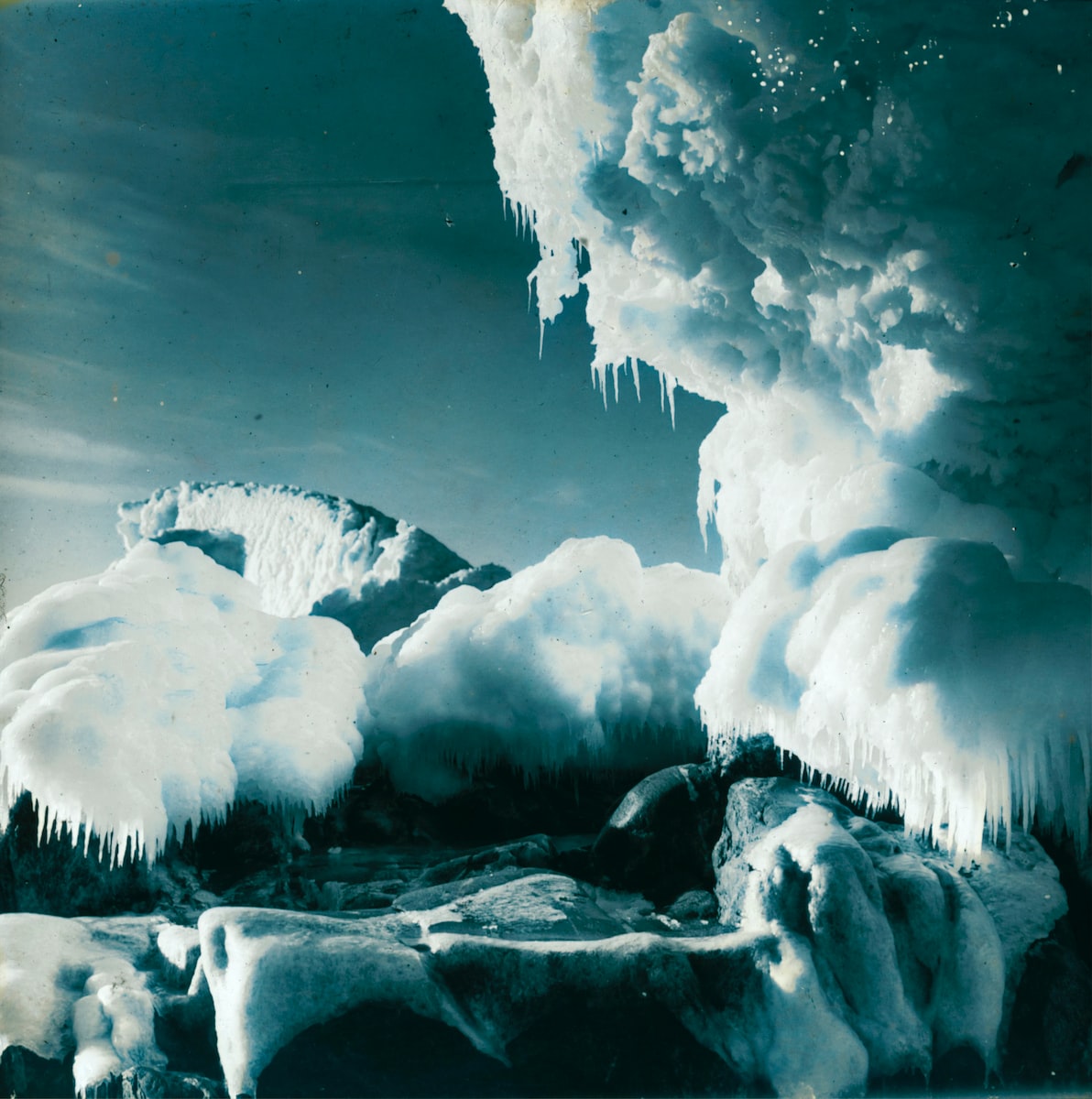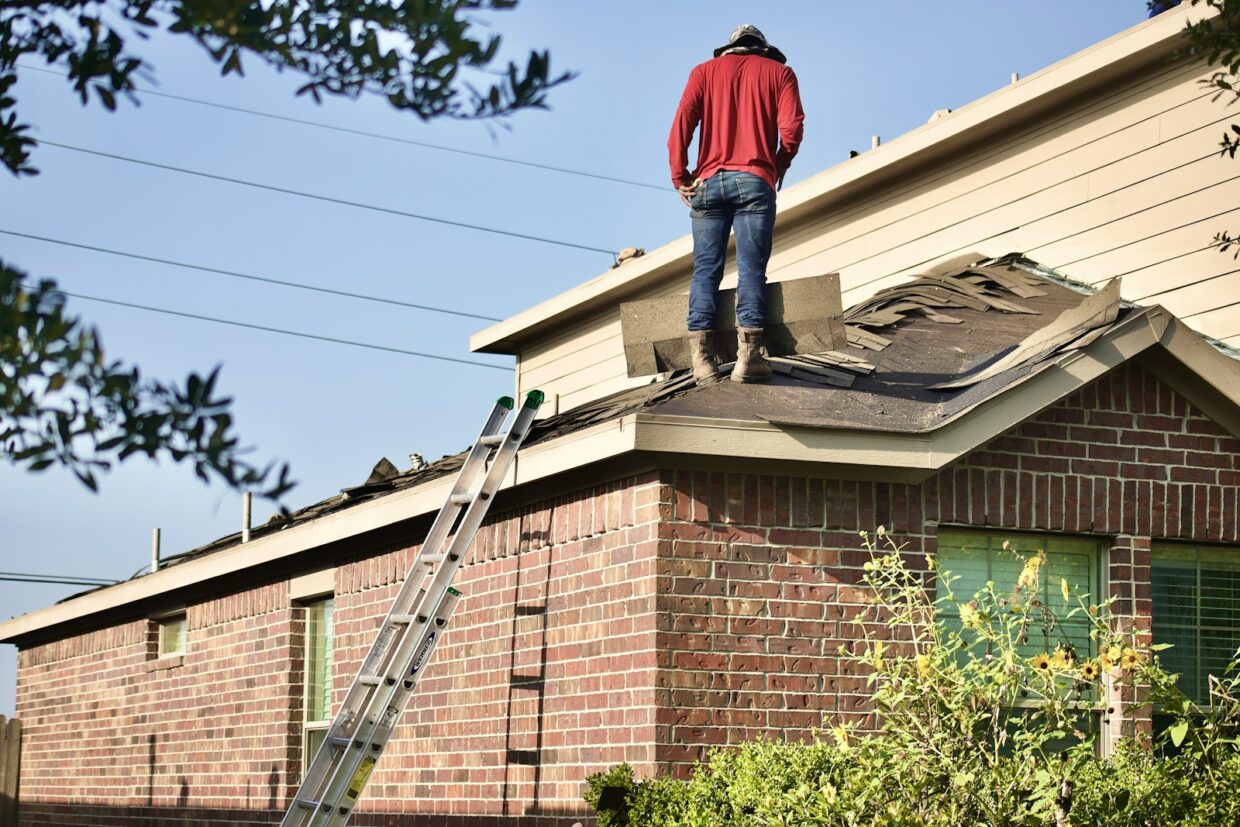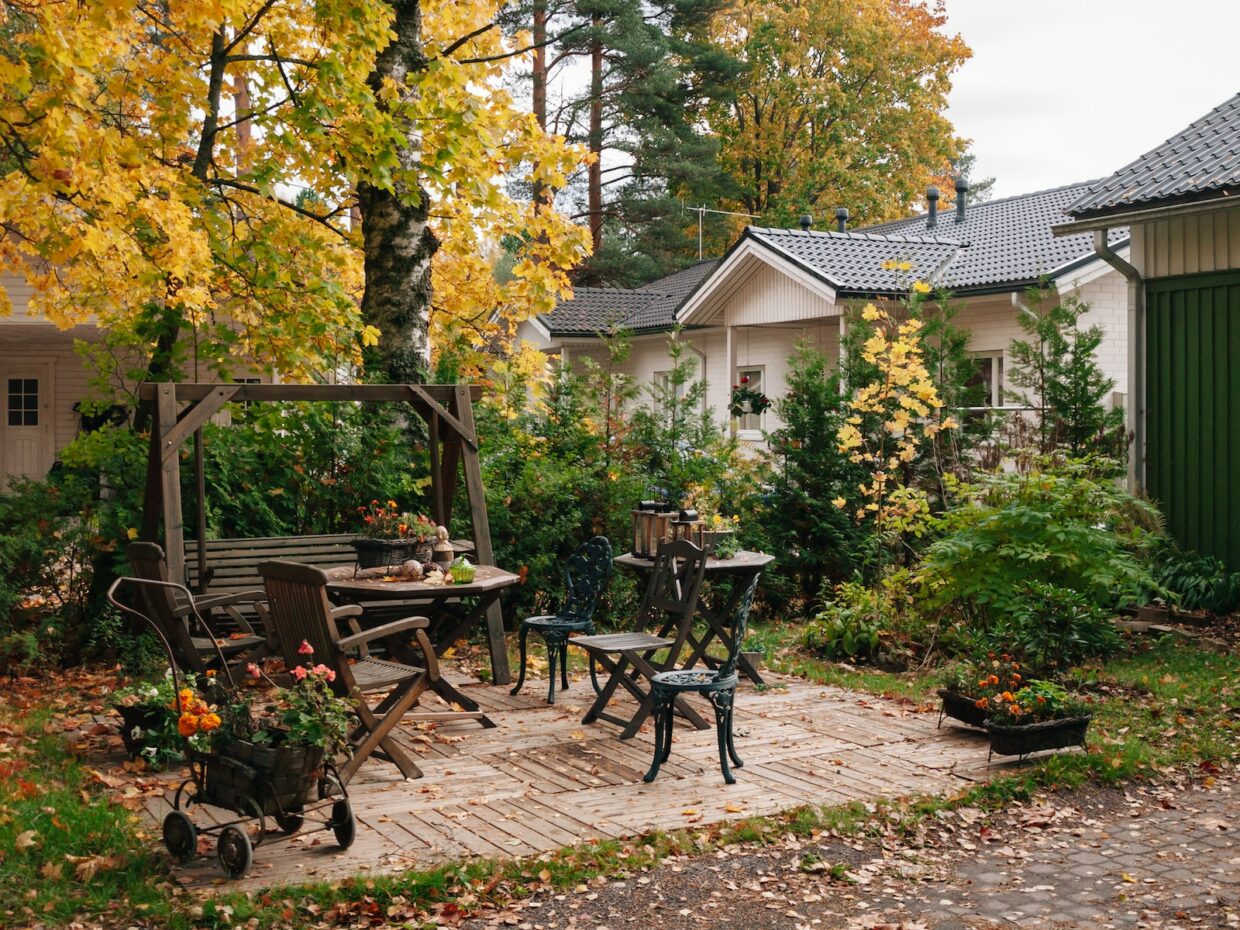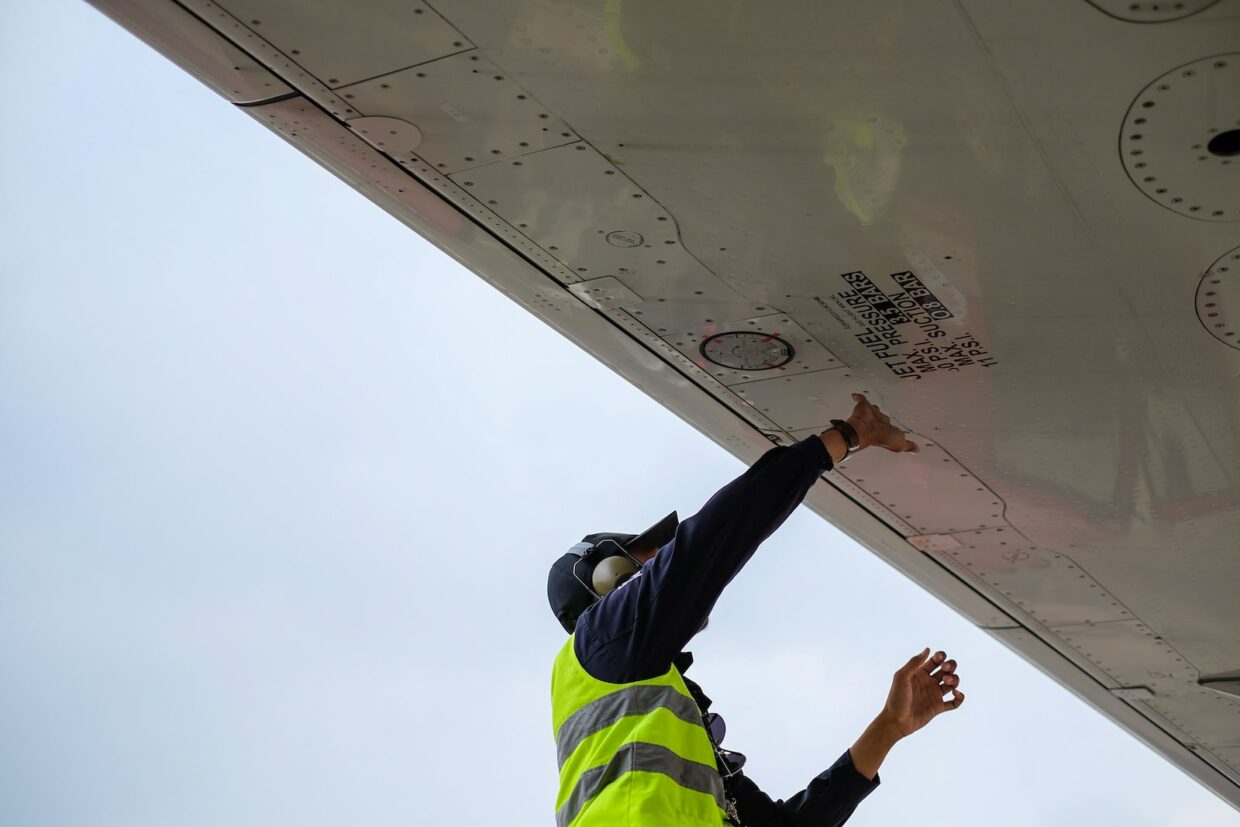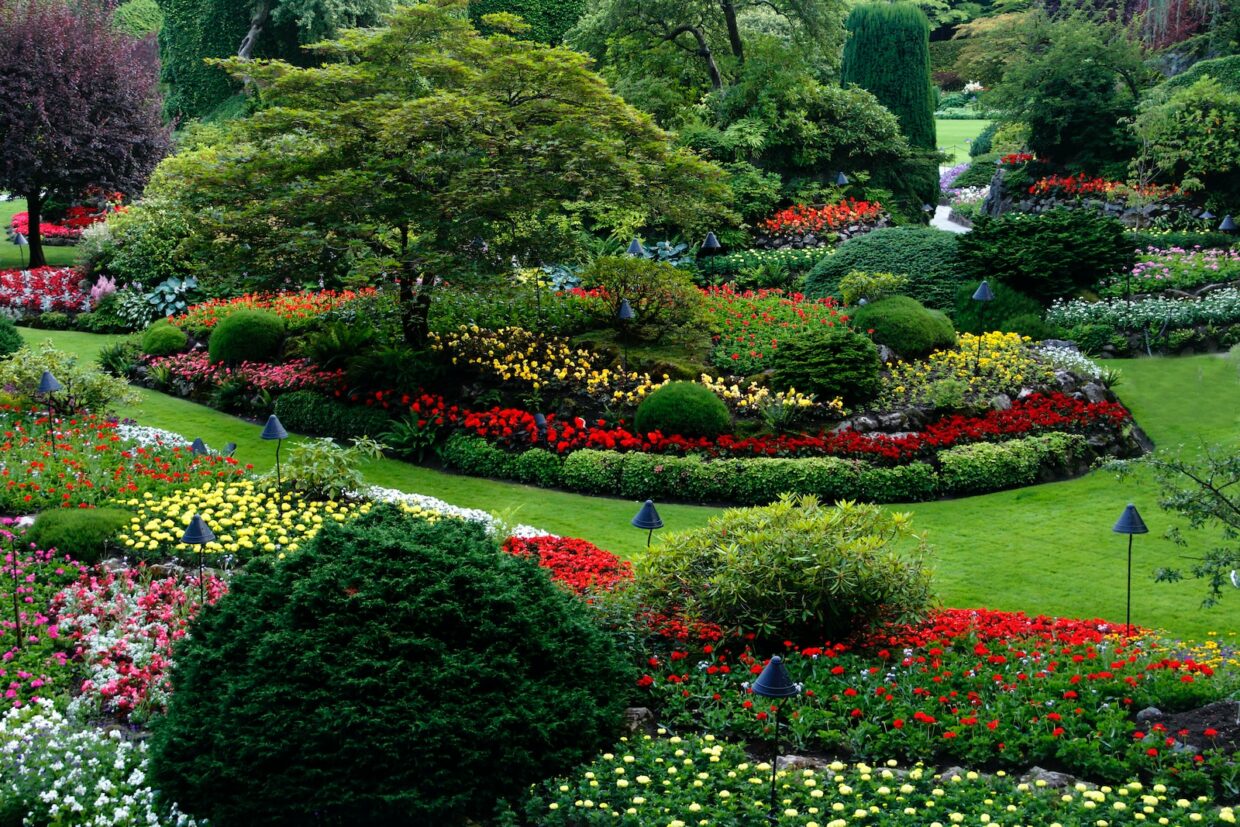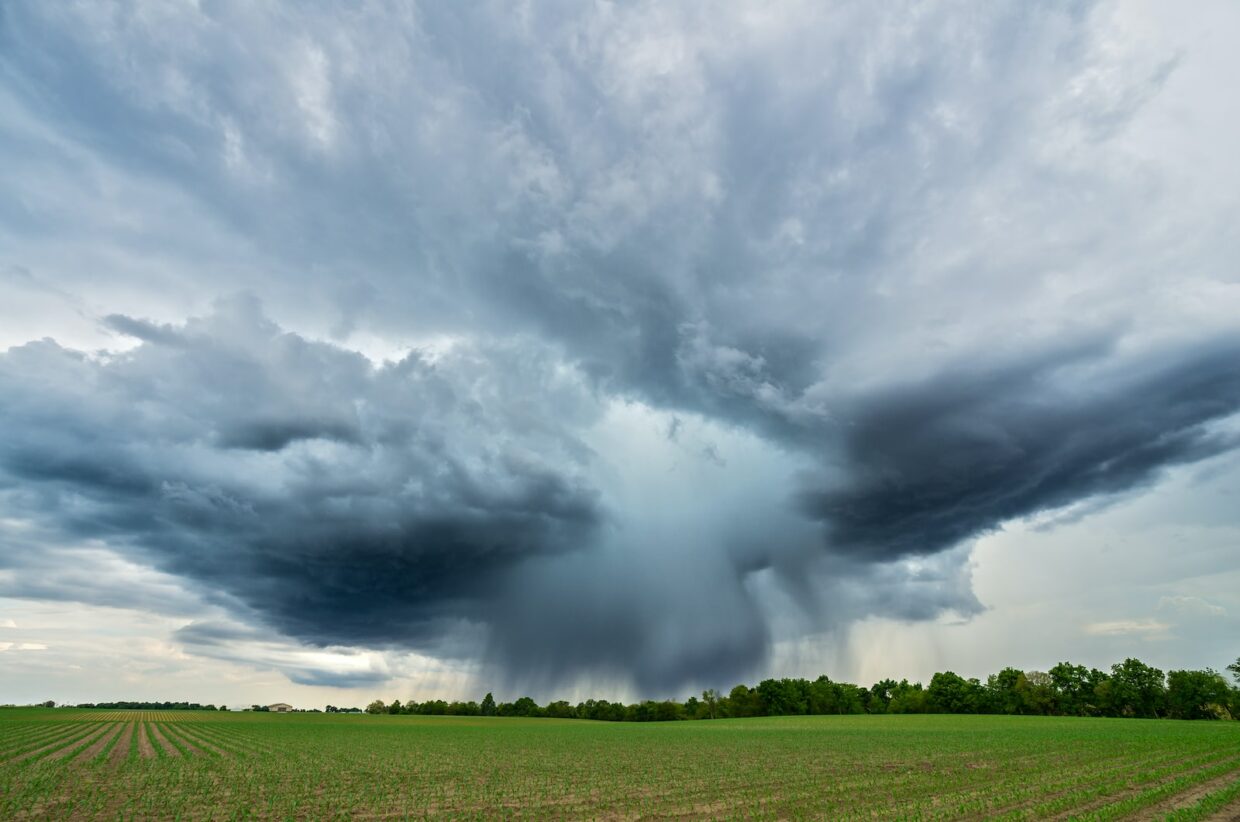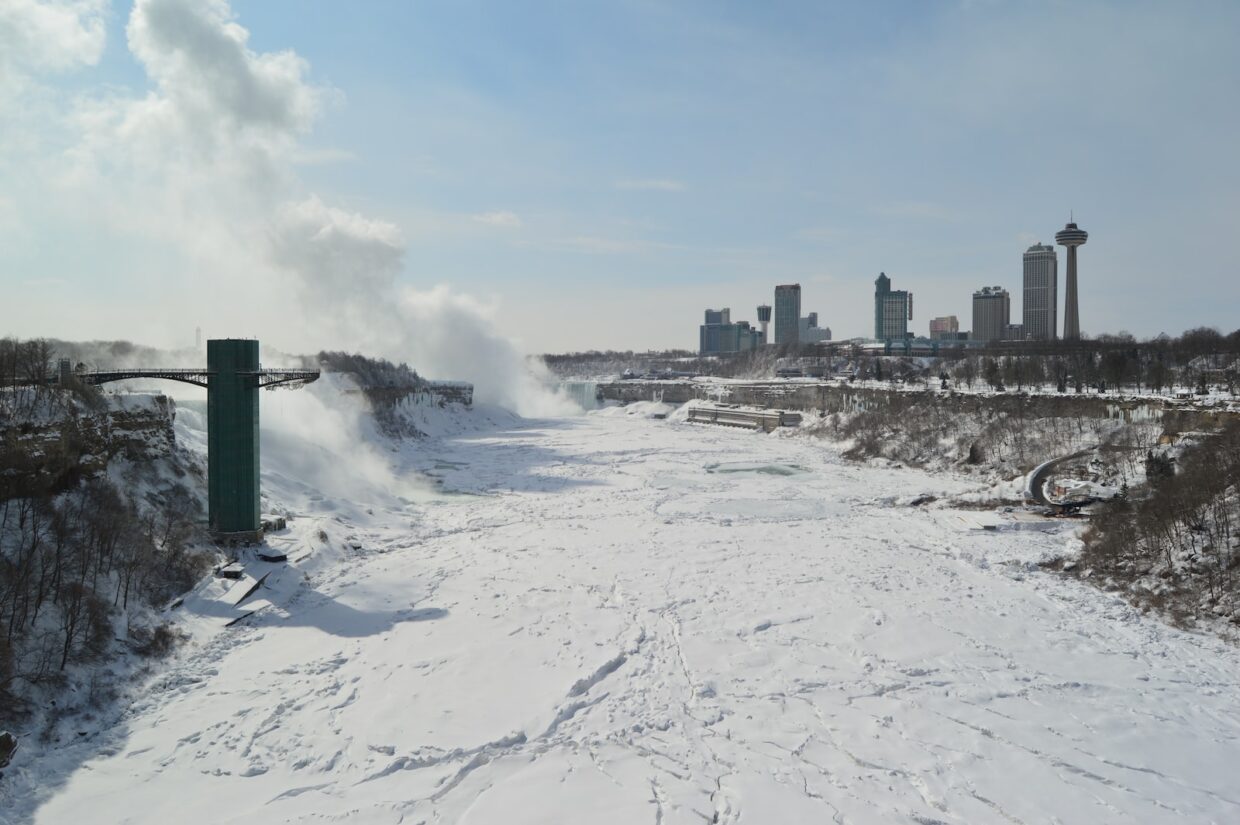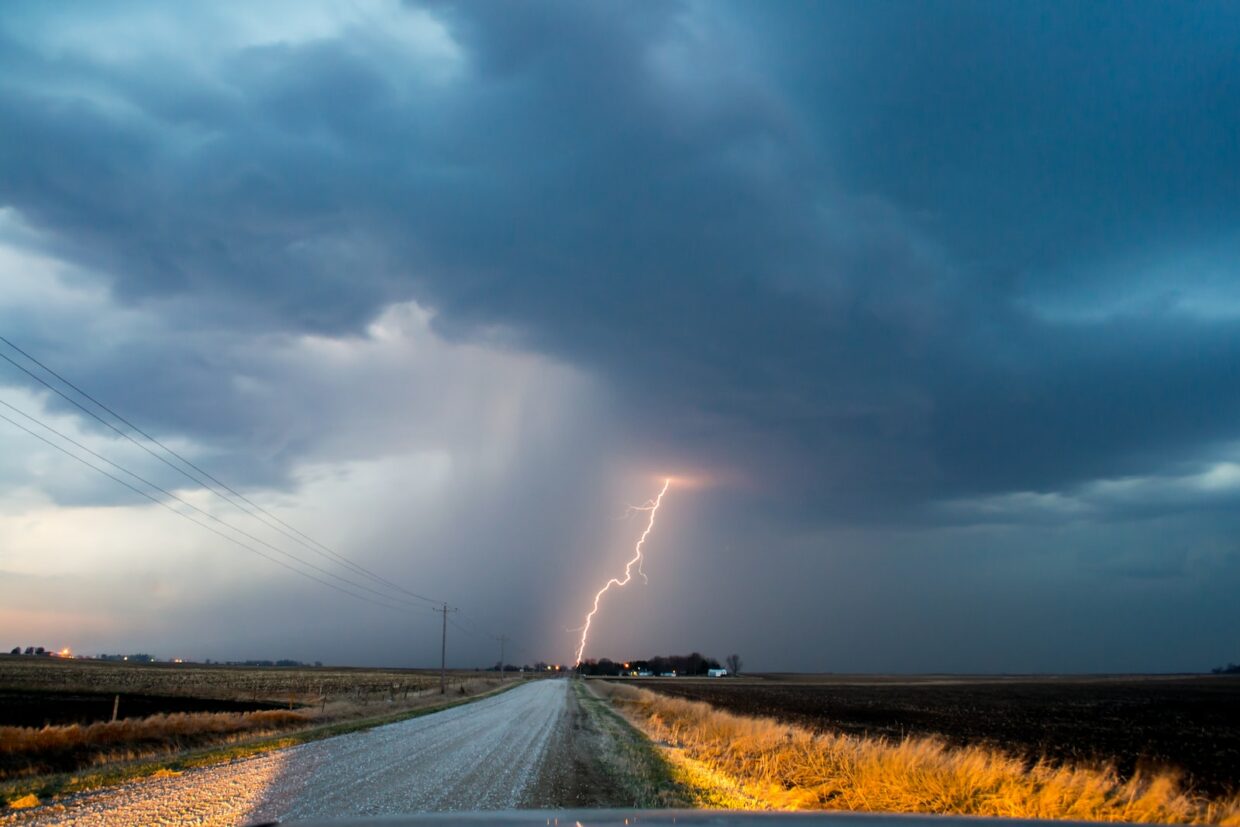New Zealand is home to some of the world’s most beautiful glaciers, many of them located in the South Island’s Southern Alps. Glaciers can be found in almost every mountain range in the country, providing a stunning backdrop to the landscape. Unfortunately, many of these glaciers are disappearing rapidly due to global warming and climate change. New Zealand’s glaciers are an important part of the country’s natural heritage, and must be preserved to protect the unique beauty of the South Island.
The Beauty of New Zealand’s Glaciers
New Zealand’s glaciers are unique, and are a source of great pride for the country. Glaciers are formed when snow accumulates in an area and is compacted over many years. As the snow compacts, its weight causes it to slowly flow downwards and form a large sheet of slow-moving ice. The ice eventually flows out of the mountains and melts away, forming large valleys and lakes.
Glaciers form in areas with high elevations, where the climate is cold enough to preserve the ice. In New Zealand, this usually means the South Island. The glaciers vary in size, from small ice falls to large glaciers stretching for kilometres. They provide visitors to the South Island with breathtaking views, and New Zealanders with an appreciation for the natural beauty of their home. The glaciers are an integral part of New Zealand culture and identity.
Impacts of Climate Change on New Zealand’s Glaciers
Unfortunately, climate change is having a devastating effect on the world’s glaciers, and New Zealand’s glaciers are no exception. Glaciers are especially sensitive to changes in temperature, and the rise in global temperatures is causing the glaciers to melt faster than ever before. This has a number of impacts, including:
- Rising sea levels, as the melting water flows into the ocean.
- Changes to the landscape, as the glaciers retreat and leave behind new landforms.
The melting of glaciers also leads to a decrease in water supply. Glaciers act as a natural reservoir for water, releasing it slowly over time. As the glaciers retreat, the amount of water released is reduced and water shortages can occur. This is a major concern for New Zealanders, as water is essential for human life and for economic activity.
Saving New Zealand’s Glaciers
Given the importance of New Zealand’s glaciers, it is vital that action is taken to protect them from the impacts of climate change. One of the most effective ways to do this is to reduce carbon emissions. Carbon dioxide is the main contributor to global warming, and reducing emissions will help to slow down the warming of the planet and give glaciers more time to survive.
Individuals can also help to protect the glaciers by reducing their own carbon footprint. Simple actions such as reducing car use and using more efficient appliances can make a difference. The government is also encouraging the use of renewable energy sources, as these produce less carbon than traditional energy sources. These measures can help to protect New Zealand’s glaciers and ensure they are preserved for future generations.
The glaciers of New Zealand are a unique and beautiful part of the country’s natural heritage. Despite the threats posed by climate change, it is possible to slow down the melting and save the glaciers for future generations. New Zealanders must work together to reduce carbon emissions and protect their glaciers for years to come.

